After careful consideration I have decided to transfer all hardware review activities to a new domain. I purchased Hardwareasylum.com in 2012 and have been working hard to build a new and improved Ninjalane on that domain. If you are reading this you have reached one of the archived articles, news, projects and/or reviews that were left behind during the site migration.
Please update your bookmarks and be sure to visit the new and improved Ninjalane at Hardwareasylum.com
DFI Infinity nF4 Ultra Motherboard Review
Author: Dennis Garcia
Published: Monday, October 17, 2005
Benchmarks - Overclocked
Overclocking
Overclocking is one arena were we try our hand at getting the highest performance from what we are given. Many sites out there try their best to overclock their systems to some insane HTT levels but performance numbers don't justify the added stress. In one of our previous nForce4 reviews wwe came to the conclusion that unless you have some good overclocker memory the higher HTT speed really doesn't do much to increase performance, so instead of shooting for some insane HTT speed we decided to tweak the system until we got the best performance possible form out test hardware. Keep in mind your mileage can and most likely will vary from what we are reporting. The idea here is to give you an idea as to what you can expect given our test system.
With that being said we were somewhat disappointed in the results.
With that being said we were somewhat disappointed in the results.
CPU-Z 250HTT @ 2.5Ghz
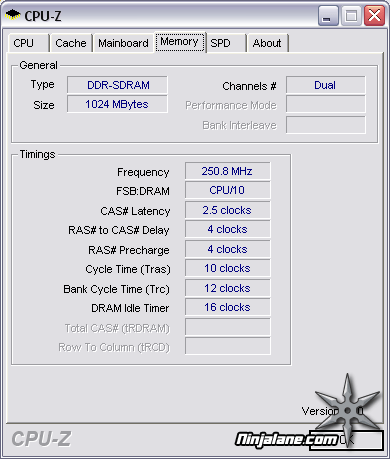
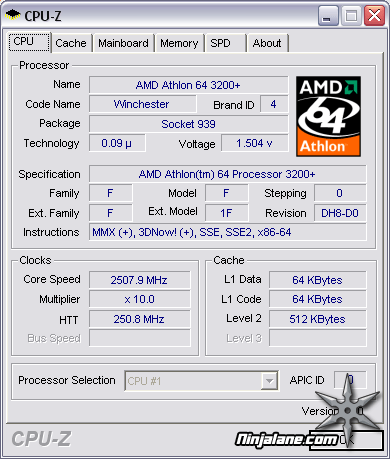
SiSoft Sandra Various Overcloc
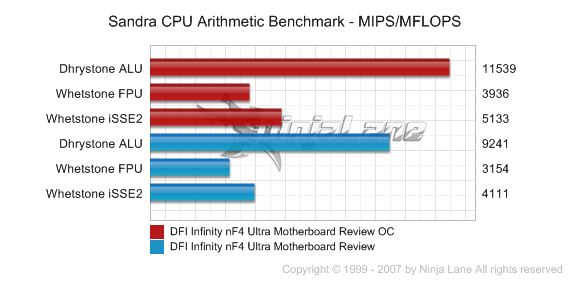
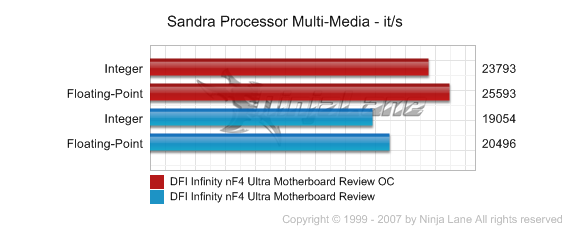
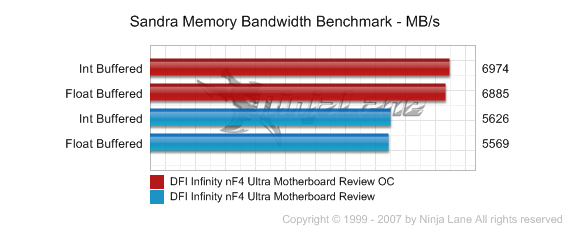
Cachemem
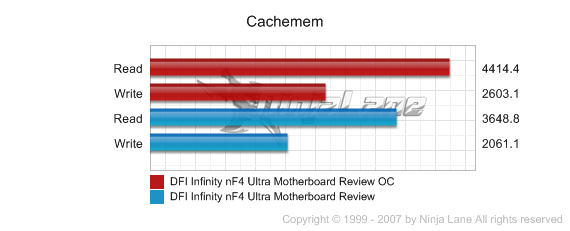
Unreal Tournament 2004

Overclocking Conclusion
Sandra and Cachemem scores were spot on however when it came to gameplay stability became a real issue as the clock frequency went up. 2.5Ghz was the upper limit in our overclocking test, any higher would cause the system to crash shortly after bootup. Likewise once the system stabilized and testing resumed we experienced random lockups that really seemed to indicate a heat issue most likely in the MCP. As a result to ensure stability we were forced to use higher than normal voltages.

